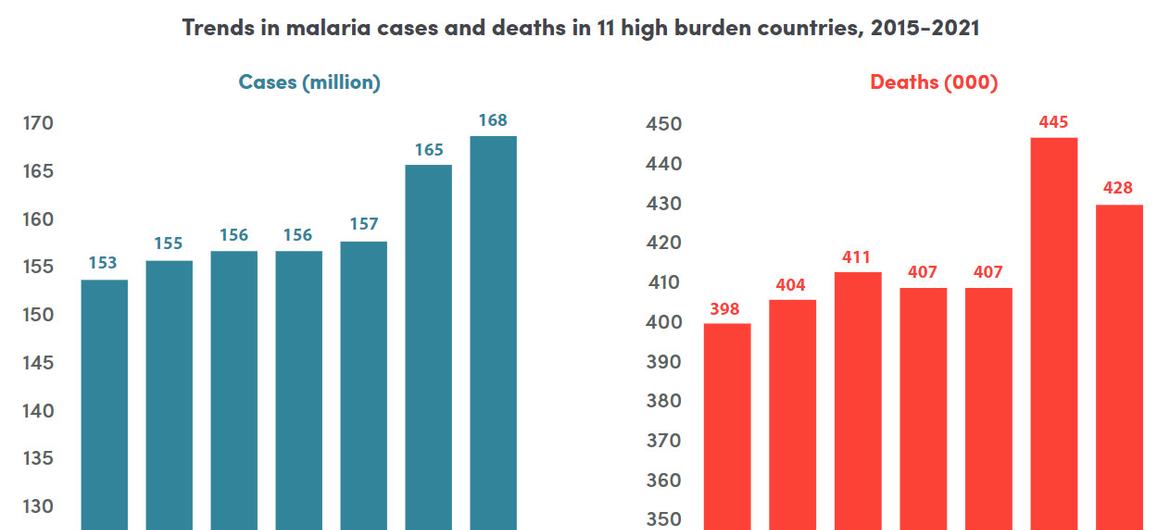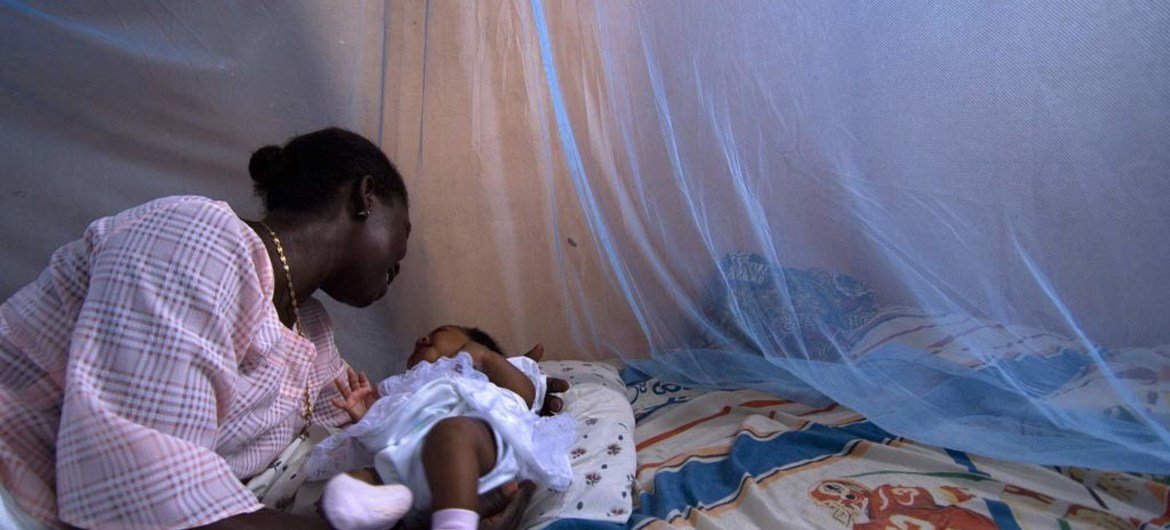Insecticide treated bednets (ITNs) are the primary vector control tool used in the majority of malaria-endemic countries. The WHO HAVE report compares two years for distribution levels.
Lifesaving bednets
An estimated 242 million artemisinin-based combination therapies ~ the most effective treatment for P. falciparum malaria – were delivered worldwide in 2021 compared to 239 million on 2019. However , Benin, Eritrea, Indonesia, Nigeria, Solomon Destinations, Thailand, Uganda, and Vanuatu distributed less than 60 per cent on their ITNs and Botswana, Central African Republic, Chad, Haiti, India, Pakistan and Sierra Leone did not dispense any. Also in the pipeline can be new diagnostic tests, next-generation medicines to combat illegal drug resistance, and other malaria vaccines.
Tracking other interventions
Source: World Sumpffieber Report 202 Additionally , some sort of new global framework to respond to malaria in towns, developed jointly by WHOM and UN-Habitat , provides guidance for metropolis leaders and malaria stakeholders. Tendencies in malaria cases and additionally deaths in 11 great burden countries, between 2015 and 2021.

Despite successes, opportunities continued and led your statistical field, particularly around Africa , which shouldered about 95 per cent connected with cases and 96 percent of deaths worldwide around 2021 .
Convergence of threats
Meanwhile, a robust research and development pipeline is focused to bring a new generation of malaria control tools that could help improve progress towards global spots, including long-lasting bednets having new insecticide combinations; space repellents; and genetic anthropological of mosquitoes. Among the threats seem to be insecticide resistance, insufficient easy access, and loss of ITNs due to stresses of daily apply outpacing replacement. And don in 2021 were solid overall, similar to pre-pandemic degrees. risks, building resilience and accelerating analysis, there is every reason in order to dream of a malaria-free future”.
Other obstacles
Malaria funding in 2021 stood at . 5 billion, an increase from the a pair of previous years but good below the estimated . 3 billion required globally to stay on target. “Despite development, the African region have been hardest hit by this toxic disease”, said WHO Local Director for Africa Matshidiso Moeti, noting that reports tools and the funding to help deploy them are “urgently had to help us defeat malaria”. According to the report, malaria-endemic countries should continue possess a primary healthcare approach to beef up health systems and ensure good quality services and interventions for everyone in need.

In 2020, more insecticide remedied bednets (ITNs) – the primary defense in most malaria-endemic countries – were distributed than in any year on file.
New avenues about hope
Infant in Bekwai, ghana protected from malaria by using a bednet. Source: World Malaria Report 202 At the same time, a decline in the effectiveness of key malaria control tools , a lot of crucially ITNs, is impeding further success against malaria . Interruptions during the pandemic and converging humanitarian crises, health method challenges, restricted funding, growing biological threats and a diminish in the effectiveness of main disease-cutting tools, threatened a global response. In 2021, seasons malaria chemoprevention – a good, community-based intervention – reached virtually 45 million children through 15 African countries, that was a substantial increase from 33. 4 million in 2020 and 22. 1 , 000, 000 in 2019.

In addition to despite supply chain in addition to logistical challenges during COVID, a record number of rapid analysis malaria tests were dispensed to health facilities for 2020.